The U.S. and the Soviet Union weren't the only ones trying to change regimes during the Cold War.
Armed with AK-47s, the rebels sneaked into Liberia on Christmas Eve in 1989 to overthrow the country’s President Samuel Doe. As the ensuing civil war escalated, ultimately killing 400,000 people, the world’s attention turned to rebel leader Charles Taylor, and Libya, which had trained his men. But the man whom diplomats and experts hold responsible for the invasion was watching calmly from Yamoussoukro. At 84, Ivory Coast President Félix Houphouët-Boigny’s appetite for regime change hadn’t waned.
West Africa’s longest-serving leader, Houphouët-Boigny led Ivory Coast from its independence in 1960 till his death in 1993, turning the former French colony into a rare pillar of economic success and stability. An ally of the West during the Cold War, Houphouët-Boigny had a Peace Prize instituted in his name by UNESCO in 1990. But there was a more manipulative side to the man popularly known as Papa Houphouët or Le Vieux (The Old One), say experts and diplomats who worked with him.
Senior American diplomat Herman Cohen recalls meeting at the Ivorian leader’s house with Jonas Savimbi, the leader of the Angolanrebel group UNITA that through the 1980s tried to overthrow the U.N.-recognized government of José Eduardo Dos Santos. Former Liberian warlord Prince Johnson, once Taylor’s ally, has told Liberia’s Truth and Reconciliation Commission that Houphouët-Boigny was involved in the 1987 assassination of Burkina Faso’s Marxist leader, Thomas Sankara. And though the Ivorian leader denied a role in these interventions, he was behind Taylor’s Christmas Eve Liberia invasion, according to Cyril Obi, a West Africa researcher at the Social Science Research Council in Brooklyn. Taylor and his fighters entered Liberia through Ivory Coast, says Cohen, who is convinced about Houphouët-Boigny’s role.
"There is no doubt that the planning, financing and logistical assistance was orchestrated by [Ivory Coast] — [Taylor] working with President Houphouët,” says Cohen, who at the time was the U.S. assistant secretary of state for West Africa.

A deeply personal seed for the 1989 Liberian coup had been planted a decade earlier. Doe came to power in a 1980 coup during which then–Liberian President William Tolbert Jr. was killed. The assassinated president’s son, Albert Tolbert, was married to Houphouët-Boigny’s adopted daughter, Daisy Delafosse, and the Ivorian leader asked Doe to spare his son-in-law’s life. Doe’s men ignored the request and killed Albert Tolbert.
But Houphouët-Boigny wasn’t just a man with a vendetta. Small and soft-spoken, he defied the stereotype of a strongman. A legislator in the French Parliament before he took charge of independent Ivory Coast, Houphouët-Boigny continued moderate political positions and alliances with the West. With heavy investments in agriculture, the country emerged as the world’s largest cocoa producer, and till the early 1990s, the region’s biggest postcolonial economic success.
This success, though, also "gave Houphouët extra money to throw his weight around and influence politics,” says Cohen.
The U.S. and South Africa were the public faces of support for Angola’s Savimbi and UNITA, against the Soviet bloc–supported Dos Santos. But Houphouët-Boigny played a critical role in UNITA’s longevity. The Ivorian leader, says Cohen, helped Savimbi sell diamonds that he smuggled out of Angola to finance his insurgency. From August 1989 to an Angolan peace agreement in May 1991, the Angolan rebel leader was a frequent visitor to Houphouët-Boigny’s home. "Savimbi considered Houphouët to be his political or spiritual father,” recalls Cohen.
By 1987, though, another Marxist leader in the region was worrying the West. Sankara in Burkina Faso had declared his country would not repay loans from international agencies. A worried Cohen articulated these concerns to Houphouët-Boigny. "Oh, he is just a young guy,” Cohen recalls Houphouët-Boigny responding dismissively, speaking of Sankara, then 38. "He will mature. Don’t worry.” But the American diplomat still feels queasy about that conversation: Months later, Sankara was assassinated. Burkina Faso’s new leader was Sankara’s military chief, Blaise Compaoré, who remained in power till a peaceful transfer of power in 2014.
In Compaoré, Houphouët-Boigny had a key ally — the Burkinabe leader never hid how indebted he felt to his Ivorian counterpart — and a partner who shared his personal hatred for Liberia’s Doe. After her husband’s assassination, Delafosse had escaped Liberia — and had then married Compaoré.
"The [Liberian] insurrection was organized from, and with the support of, Félix Houphouët-Boigny’s Ivory Coast and Blaise Compaoré’s Burkina Faso,” Obi wrote in a 2009 research paper on West African peacekeeping initiatives.
Houphouët-Boigny never acknowledged his role. "He totally denied to me in August 1990 that he even knew Charles Taylor,” recalls Cohen, now retired. And internationally, Houphouët-Boigny managed to successfully project the persona of a democratic, tolerant leader. Leaders like Nelson Mandela, F.W. de Klerk, Shimon Peres and Jimmy Carter have been awarded the UNESCO prize instituted in his name.
But Houphouët-Boigny’s interference in Liberia and Burkina Faso would return to haunt the region, and Ivory Coast, says Cohen. Taylor was sentenced in 2012 to 50 years in prison by a special U.N. court for fueling neighboring Sierra Leone’s civil war. And Houphouët-Boigny’s regime change bug also infected Compaoré, who in 1999 — six years after his mentor’s death — tried to bring his preferred candidate to power in Ivory Coast. The intervention sparked two civil wars that ravaged the stable economic powerhouse that Houphouët-Boigny once built. Ivory Coast is only beginning to recover from that devastation, the lingering shadow of Houphouët-Boigny’s gray legacy.






 0
0 
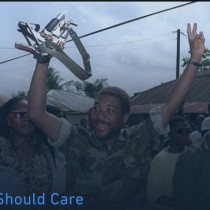



![[Topnews:-] Sarkaalkii Muqdisho ka Afduubtay Saraakiishii Sirdoonka Faransiiska oo Mareykanka u tahriibay.](https://waagacusub.com/uploads//article/photo/IMG_D12C79-B2F5AF-B6B07C-E7F3AC-96251A-E9123F.jpeg)
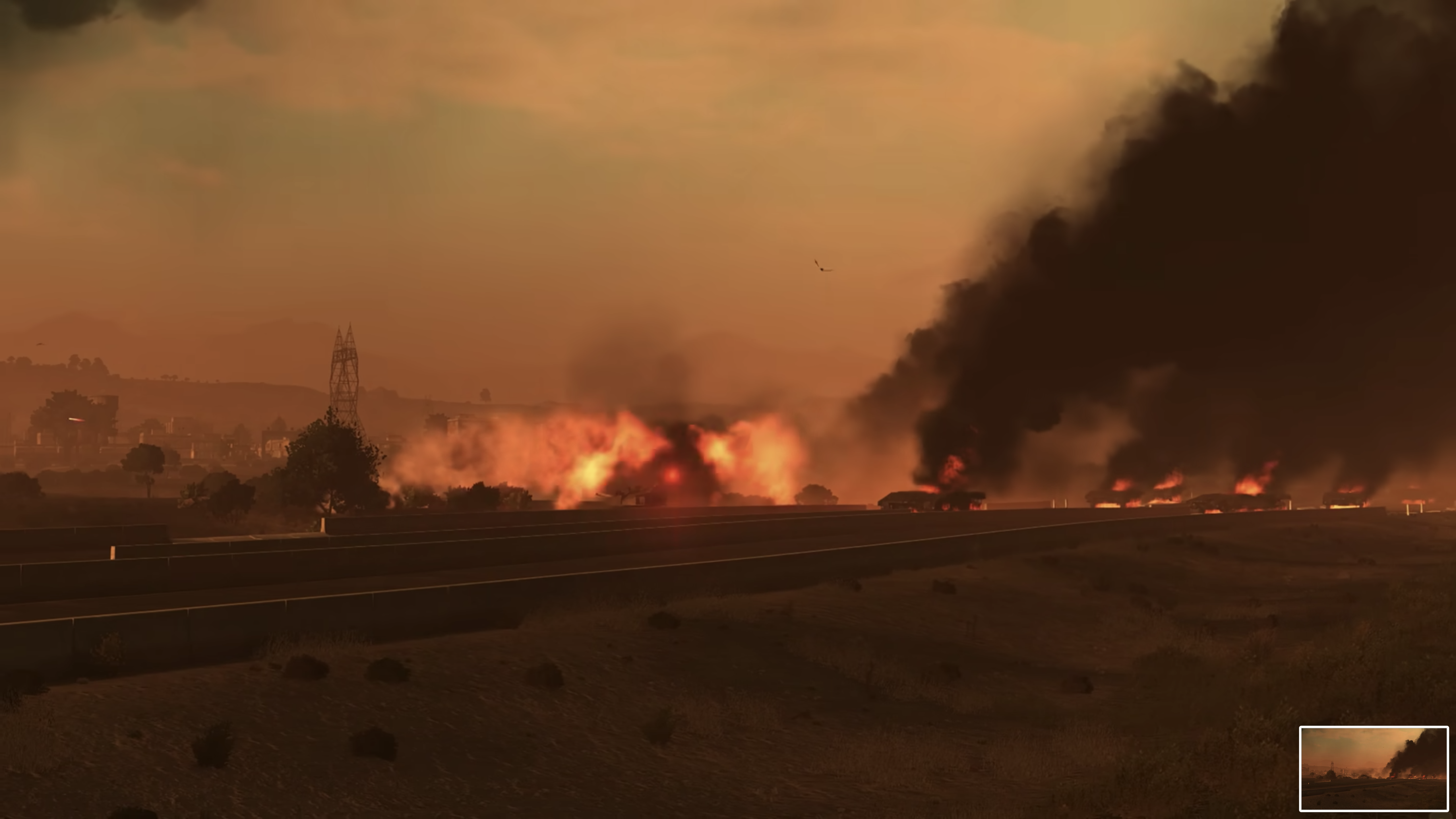

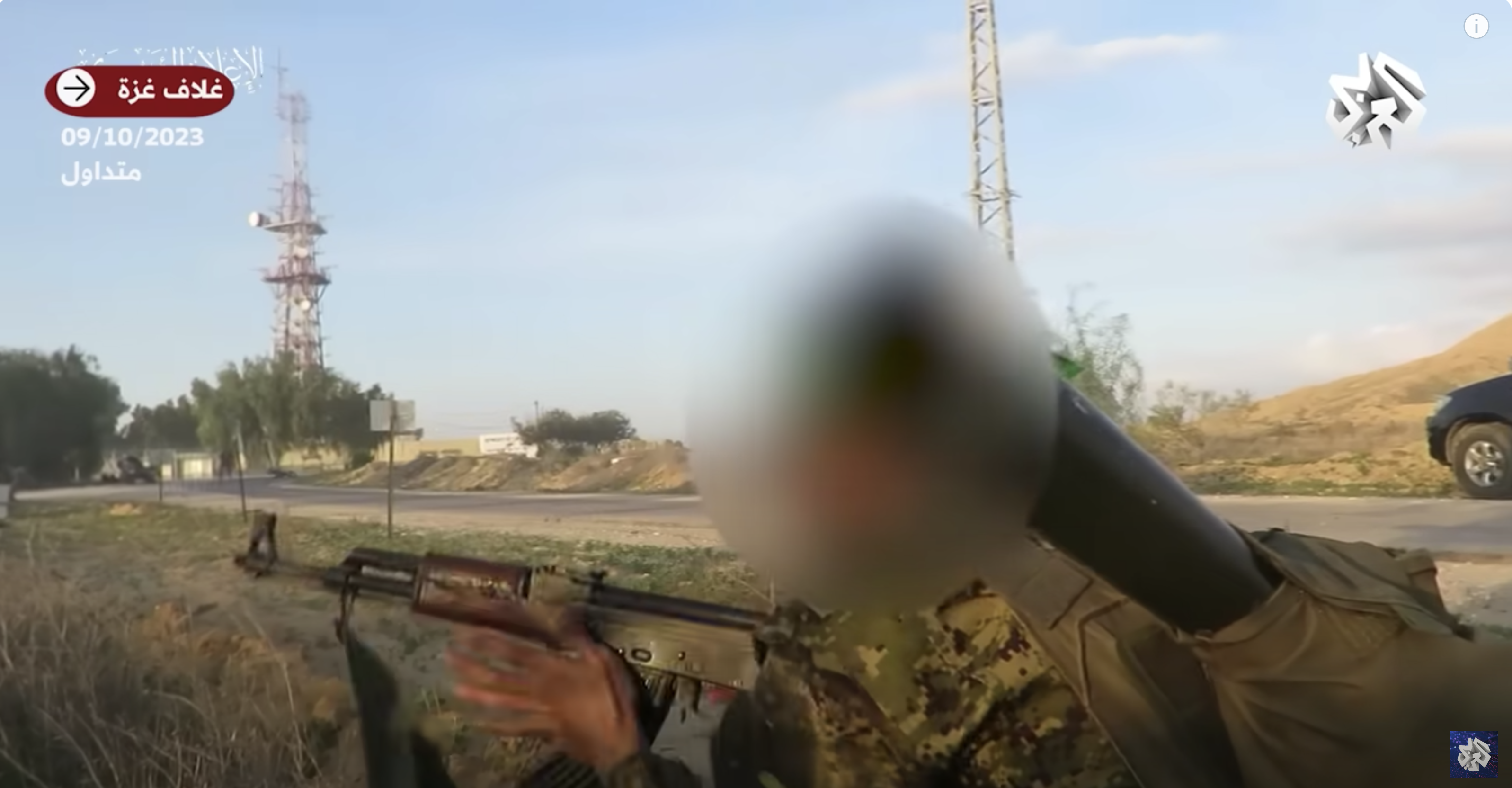
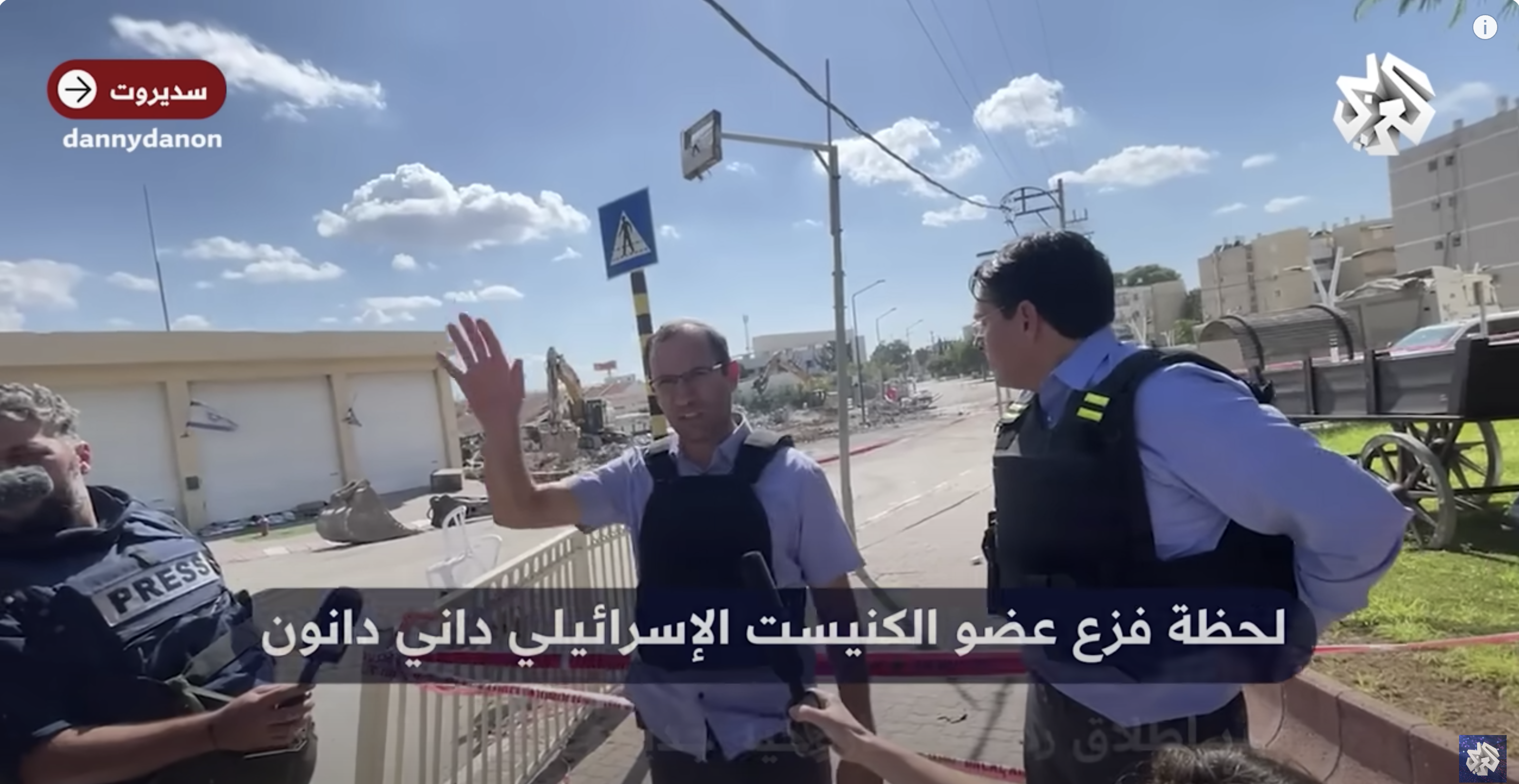
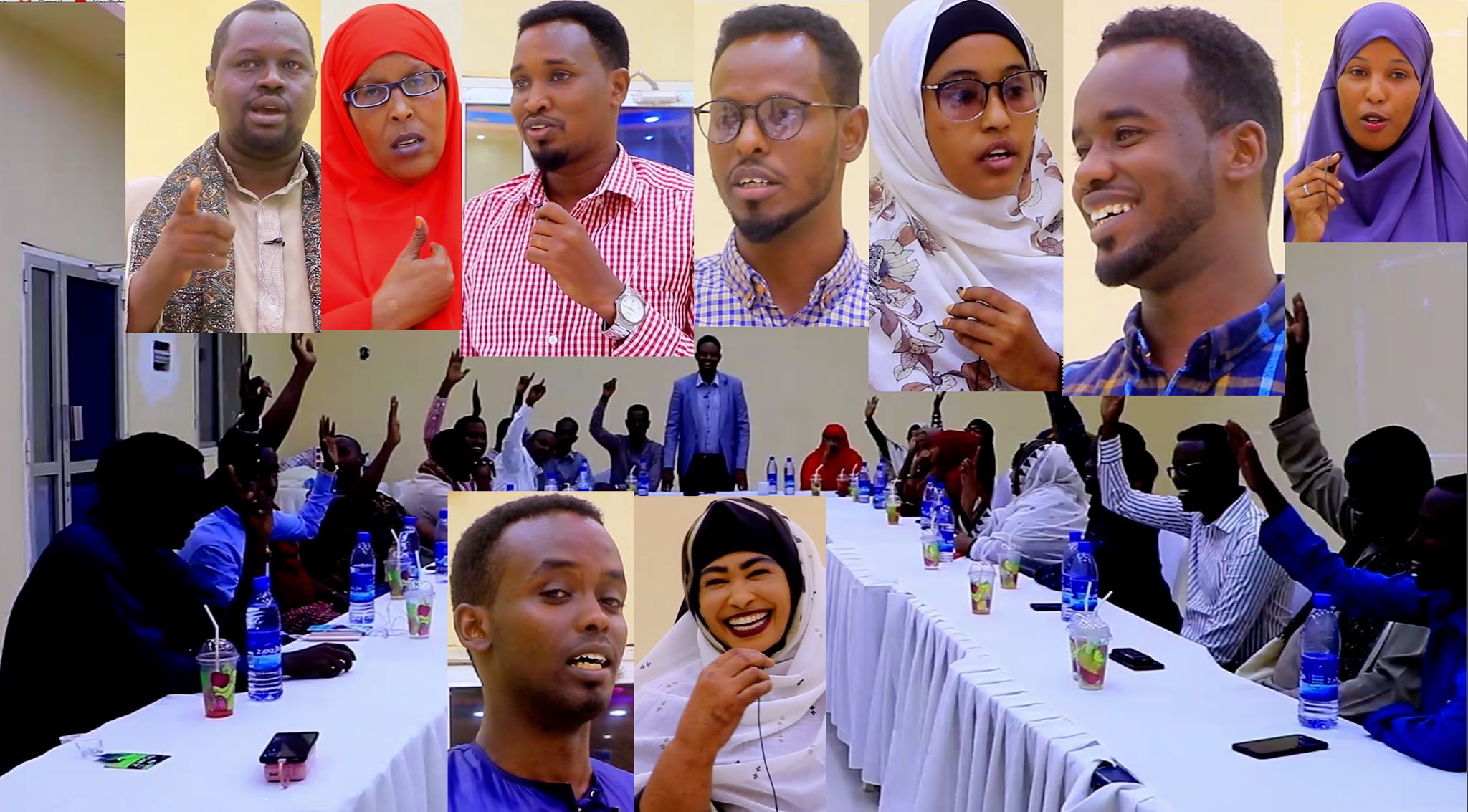
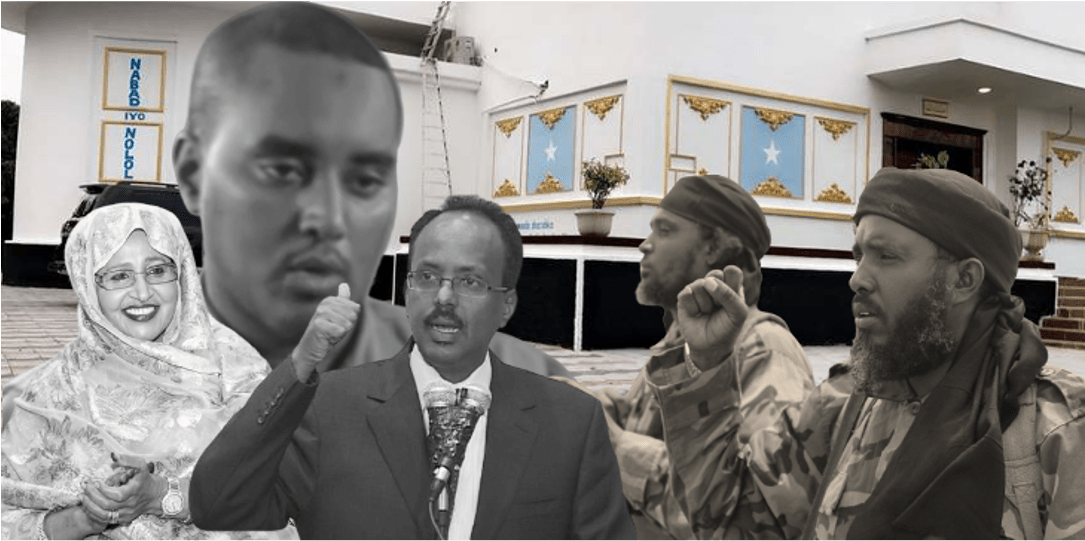
![[DAAWO] Dahir Alasow muxuu ka yiri Arooska Saadaq Joon iyo gabadha Madaxweynaha Jibouti](https://waagacusub.com/uploads//article/photo/IMG_A85D69-E46491-EB949F-F75713-195F22-880C48.png)
![[DAAWO] Gabadh aan Aabbe iyo Hooyo laheyn kadibna seddex Caruura lagu furay maxaa ku dhacay ?](https://waagacusub.com/uploads//article/photo/IMG_418075-E7A0C5-2FE6EA-C581B5-C9940B-8CE1BE.png)
![[DAAWO] Qabiilka ugu fulaysan uguna faanka badan Somalida oo shacabka Soomaaliyeed cabirayaan?](https://waagacusub.com/uploads//article/photo/IMG_444F4F-0F2704-1B7D7E-D109A0-B778B0-E4602B.png)
![[Daawo] sidee loo dilay Amiirka Shabaab iyo Wiilka xasan Dahir - Wararka qubanaha Dahir Alasow](https://waagacusub.com/uploads//article/photo/IMG_732422-B87120-7AB730-3E00E9-27DE0A-43CC94.png)
The U.S. and the Soviet Union weren't the only ones trying to change regimes during the Cold War.
The U.S. and the Soviet Union weren't the only ones trying to change regimes during the Cold War.